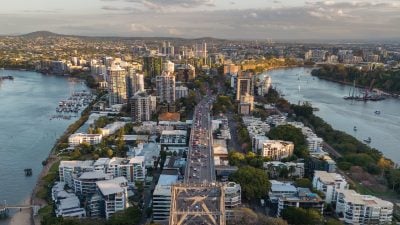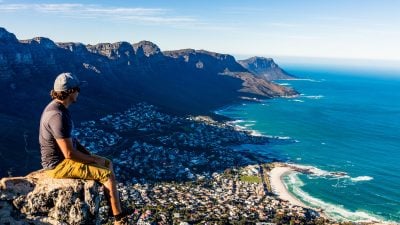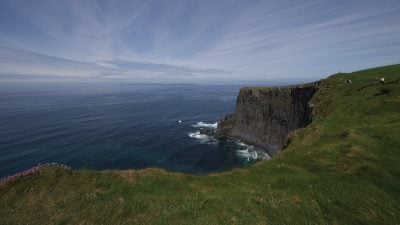Home / Latin America & Antarctica / Unsung South America: Bolivia,…

Unsung South America: Bolivia, Guyana, and Uruguay
It’s hard living in the shadow of Argentina, Ecuador, and Peru. Travellers are drawn to their dynamic cultures and incredible world landmarks, such as the Galapagos Islands off the coast of Ecuador or the Sacred Valley of the Incas and Machu Picchu in the mountains of Peru, and sometimes skip over the treasures of countries one border over. This is a shame, as these unsung countries have wonderful cultures and landmarks to explore on South America tours.
If you head to Bolivia, Guyana, or Uruguay on South America tours, you’ll find colonial cities, verdant rainforests, Incan ruins, and otherworldly salt flats to explore. You’ll be away from the crowds that flood the more popular spots of South America, but still able to experience the continent’s vibrancy and historical highlights.
Strike out on your own and head on South America tours to Bolivia, Guyana, or Uruguay today.
The High Country of South America: Bolivia
Bolivia has long been known as South America’s backpacker haven. It’s also something of a rugged travel destination, one that is better suited for travellers who don’t mind dust on their bags and the occasional ride on a rickety bus through the mountains. Of course, the minor annoyances of a Bolivia vacation are easily overcome by the country’s incredible rewards. Simply put, few countries have as many natural treasures as Bolivia.
Bolivia is largely defined by its altitude. It’s one of the highest countries on the planet and is often referred to as the “Tibet of South America” due to its similarity to that Asian region. The landscape has a rugged beauty, with high mountains in the north and vast plateau plains in the south, culminating in the salt flats around Uyuni.
Culturally, Bolivia combines European and indigenous cultures more prominently than its neighbours. Around 20 percent of the population is indigenous and another almost 70 percent has at least some indigenous heritage. Thus, you’ll experience a traditional portrait of pre-Columbian South American culture on a Bolivia vacation that you’ll be hard-pressed to find elsewhere on the continent.
On Bolivia vacations, it’s likely you’ll pass through the functional capital, La Paz, at some point on your journey. As the seat of the Bolivian government, La Paz is the best known city in the country. It’s also the highest capital city in the world, sitting between 3,100m and 4,100m above sea level. Aside from experiencing the high altitude, you’ll have plenty of landmarks to visit within its borders, including La Paz Metropolitan Cathedral, Plaza Murillo, and the Government Palace.
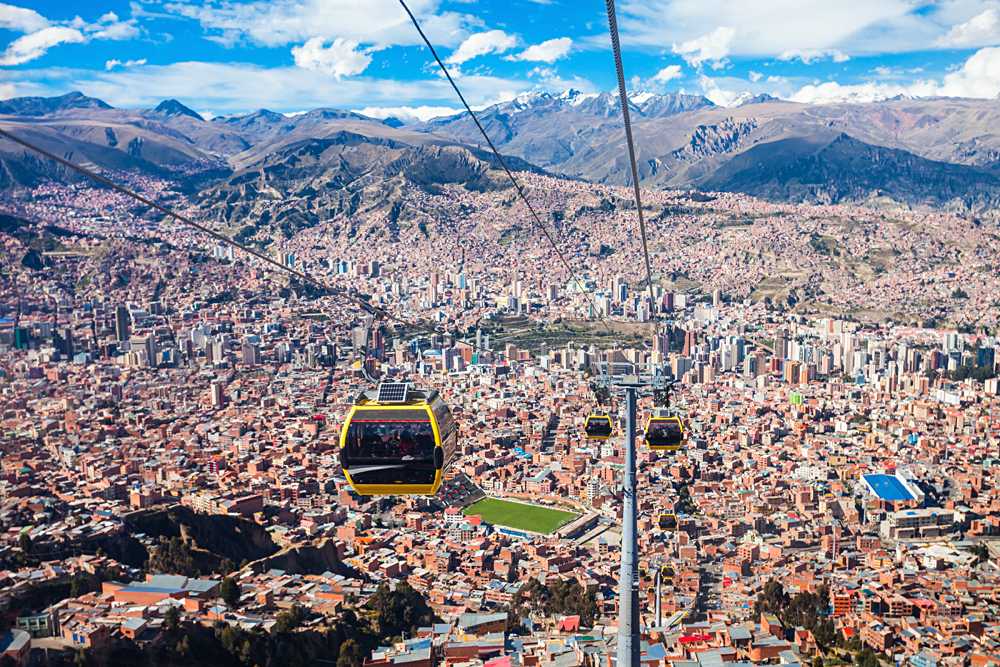
When you’re not heading to the landmarks, you can while away the hours visiting one of the city’s many colonial restaurants and museums, or browse for local handicrafts in the many artisanal shops. If you want to experience some of the incredible landscape of the country while in La Paz, head a mere 10km outside of the downtown to visit Valle de la Luna or the Valley of the Moon. This cluster of canyons is remarkable for its clay and sandstone rocks that have eroded overtime and now resemble spires and formations from another planet.
While La Paz is Bolivia’s most famous city, Santa Cruz de la Sierra is its largest, with a population of around 1.4 million. You’ll find Santa Cruz to be a prosperous city with world-class amenities and infrastructure, as it’s the country’s commercial hub. While Santa Cruz is defined by the present, the constitutional capital, Sucre, is firmly planted in the past. Colonial buildings line its streets and the strong religious presence makes itself known in the city’s many churches. Sucre is the most beautiful city in the nation. In 1991, UNESCO appointed it a World Heritage Site. Whether you’re visiting the Casa de la Libertad to see historical paintings and relics, or strolling the old town, you’ll find plenty to enchant you in Sucre.
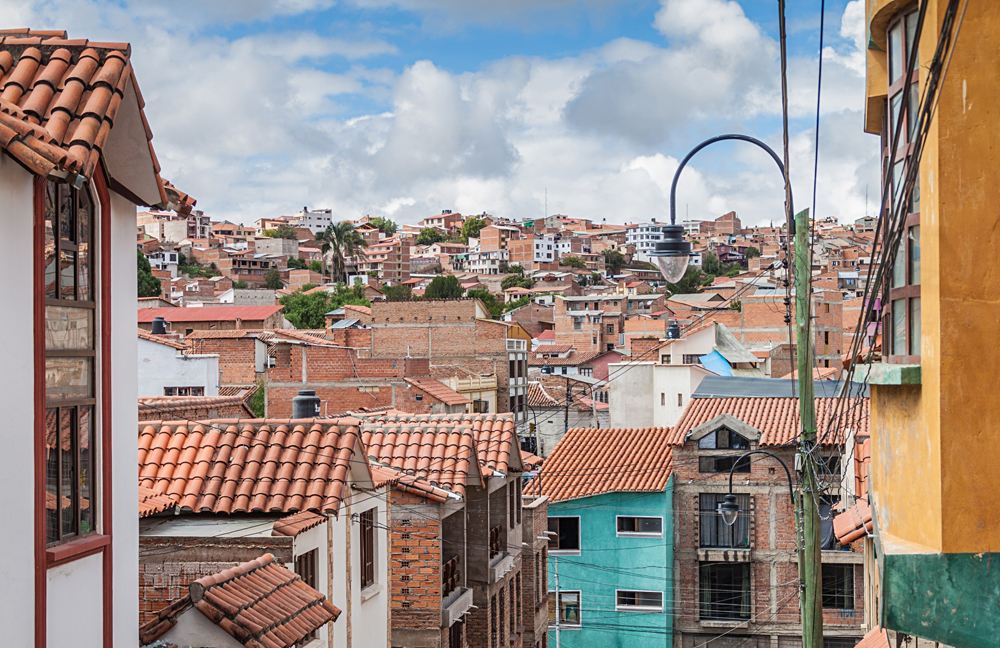
In Bolivia, you’ll also find one of the highest cities in the world, Potosi, which is renowned for its silver mines and sits on average 4,100m above sea level. You also find the world’s highest lake, Lake Titicaca, which sits along the western border and is shared with Peru. Lake Titicaca is not only one of the world’s foremost luxury getaways on South America tours, but also the site of Tianhuanaco, an important pre-Columbian archaeological site that you can explore from the Bolivian side.
Perhaps most impressive of all of Bolivia’s treasures are the Uyuni Salt Flats, the largest salt flats in the world, which stretch over 12,000 square kilometres of the country’s southwest. The salt flats are the flattest part of the planet; they’re so flat that international satellites calibrate their altitudes off of them. While the sight of the expanding vast whiteness of the salt flats is exceptional and needs no additive, they grow even more impressive when the sun goes down and the water collected on the surface reflects the night sky, transforming the flats into a sea of stars. There are other salt flats in the world, but none as spectacular as Uyuni. Only on a Bolivia vacation can you witness such majesty.
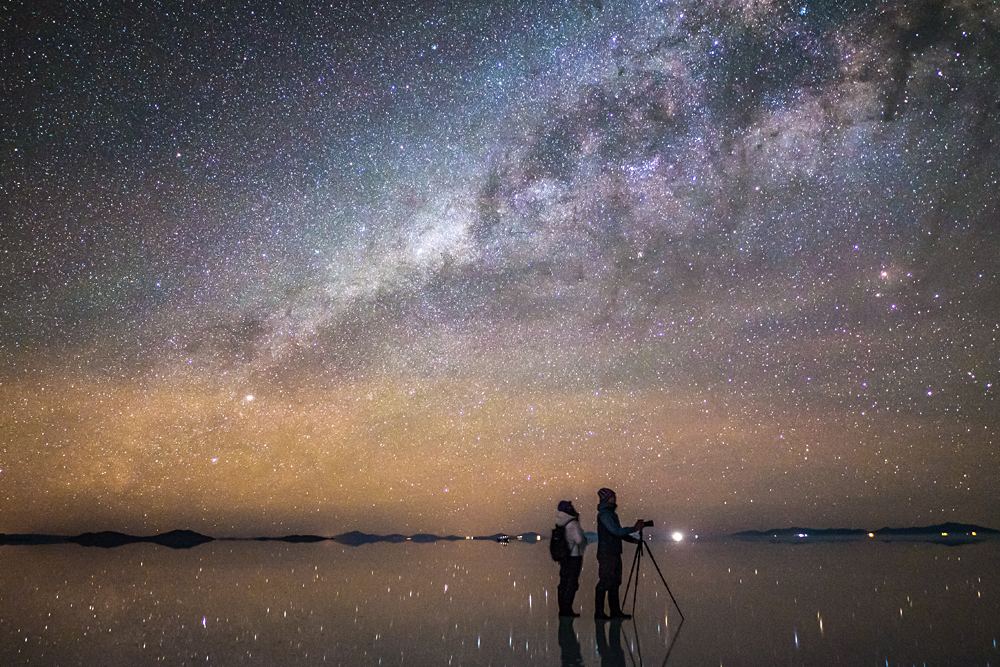
A Hotbed of Eco-tourism: Guyana
There’s a good chance that if you were asked to name all 12 countries of South America, Guyana would be one of two nations that escaped your memory. That’s because, like Suriname, Guyana doesn’t command a lot of attention alongside its larger neighbours. It’s small, quiet on the international stage, and has suffered from many years of political instability. However, today Guyana has largely stabilized and is quietly announcing itself as one of the continent’s best eco-tourism sites on South America tours.
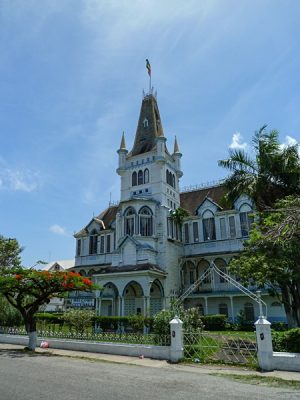
Guyana is a tiny nation by any measure. Its population stands at less than a million and most of that population lives along the coastal strip in the country’s northeast. The majority of the citizens have Indian or African roots, with a significant indigenous population as well. Geographically, much of Guyana lies within the Amazon. The wild and remote nature of Guyana makes it extremely attractive to Globetrotters wanting to head off the beaten path. As well, as the only South American country with English as the official language, you won’t have a problem navigating throughout the major centres on Guyana vacations, even if Creole is more commonly spoken than English.
The capital city, Georgetown, has the sort of colonial architecture to be found in other capital cities in South America, but it’s also more Caribbean than any of its rivals, sitting firmly on the north coast of the continent. You can experience the city’s tropical side and see animals and local plants at the Botanical Gardens or shop for local goods at the Stabroek Market. In the evening, you’ll find plenty to keep you occupied as Georgetown has plenty of nightlife spots and numerous good restaurants.

If you want to experience natural treasures on a Guyana vacation, you’ll have to leave the cities. On the coast, you can visit sea turtle nesting grounds around Shell Beach. If you head inland, you’ll reach Kaieteur Falls, which is the largest single-drop waterfall in the world at 226m. For scale, it’s five times taller than Niagara Falls, so if you thought Niagara was impressive, wait till you see Kaieteur on South America tours. Towards the west border with Brazil, you’ll also find Orinduik Falls, which has jasper terraces and small spots beneath the falls that you can swim in.
One of the best aspects of a Guyana vacation is the opportunity to see all the animals that call it home. If you travel along the rivers that define the country, the Demerara, Berbice, and Essequibo, you’ll pass through rainforest and have the opportunity to see howler monkeys, giant river otters, black caiman, and even the occasional jaguar. In terms of birds, you’ll find macaws, toucans, and harpy eagles, as well as the bright-orange Guianan cock-of-the-rock, which attracts birders from all over the world. As well, you’ll want to get in touch with some of Guyana’s indigenous Amazon tribes. For instance, you can head to Annai to meet the Macushi tribe and marvel at their handicrafts and other local arts.
The Latin American Underdog: Uruguay
Uruguay lives perpetually in the shadows of its two larger neighbours, Argentina and Brazil. As such, it’s something of an underdog, a small, scrappy nation that has under 4 million citizens, but that seems many times that size when it comes to culture or talent. You need only watch the Uruguay football team vie against Brazil during a FIFA World Cup match to notice that Uruguay doesn’t accept the notion that being smaller means been worse. It’s got grit and verve and plenty to convince Globetrotters to head on Uruguay vacations.
Uruguay is the second-smallest nation in South America by geography and third-smallest by population. It’s largely considered the most progressive country in South America and ranks very favourably on international indexes regarding political and personal freedoms, safety, and standard of living. You’ll find almost half of the country’s population living in its capital city, Montevideo, which sits on the Atlantic Ocean along the country’s southern coast. In the old town, Cuidad Vieja, you’ll find colonial streets and shops, with restaurants and cafes tucked around every corner. Follow the crowds heading down the promenade to find the beach, where you can easily while away a day South America tours. In terms of landmarks, few match Palacio Salvo, a gorgeous building with an incredible-beehive-like structure on its roof, and Teatro Solis, a neoclassical theatre built in 1856.

While Montevideo is far-and-away the nation’s most popular spot, you’ll be well-suited if you head to some of the other centres on a Uruguay vacation. In the country’s southwest, you’ll find Colonia del Sacramento, which is (true to its name) a picturesque colonial town that was founded by the Portuguese in 1680. The city is compact and you can easily stroll most of its central core to see the remarkable architecture and cobblestone streets of Barrio Historico. If you want the best views in the city, climb to the lighthouse overlooking the historical district. It offers incredible views of the River Plate and the town.
If you head along the coast east of Montevideo, you’ll hit Punta del Este, the country’s party capital and resort hub. Known as the “Monaco of South America,” Punta del Este is full of casinos where you can spend your nights at the card tables, as well as incredible beaches, like Brava, where you can try your hand at surfing the powerful breaks or heading out to fish the ocean waters. While Punta del Este continues to attract many cruise lines and daytrippers, it’s worth staying for a few days, on your South America tours, to soak up its idyll pleasures.

South America is more than the big names like Argentina, Brazil, and Peru. If you stray off the well-trodden path and head to countries like Bolivia, Guyana, and Uruguay, you’ll be rewarded with incredible architecture, friendly locals, and incredible natural wonders. Just because a country isn’t bursting at the seams with tourists doesn’t mean it shouldn’t be. South America tours to Bolivia, Guyana, or Uruguay will expand your horizons.
For more travel ideas on South America tours, please visit us at www.goway.com.
Get more travel inspiration by email.
Subscribe
0 Comments

Get the latest travel trends & hear about the best deals on vacations around the world.
If you’re a Globetrotter, these are the newsletters for you!

